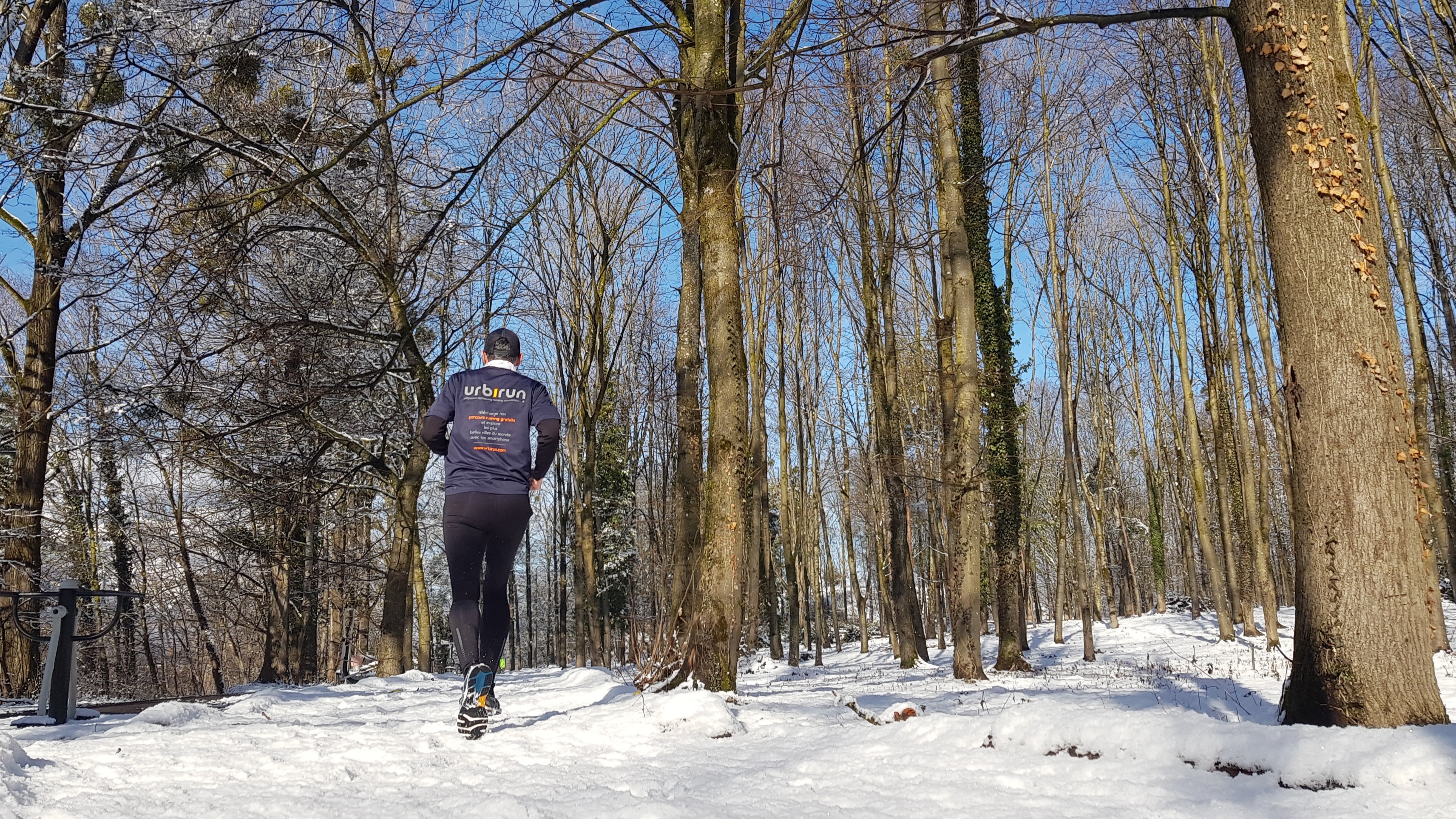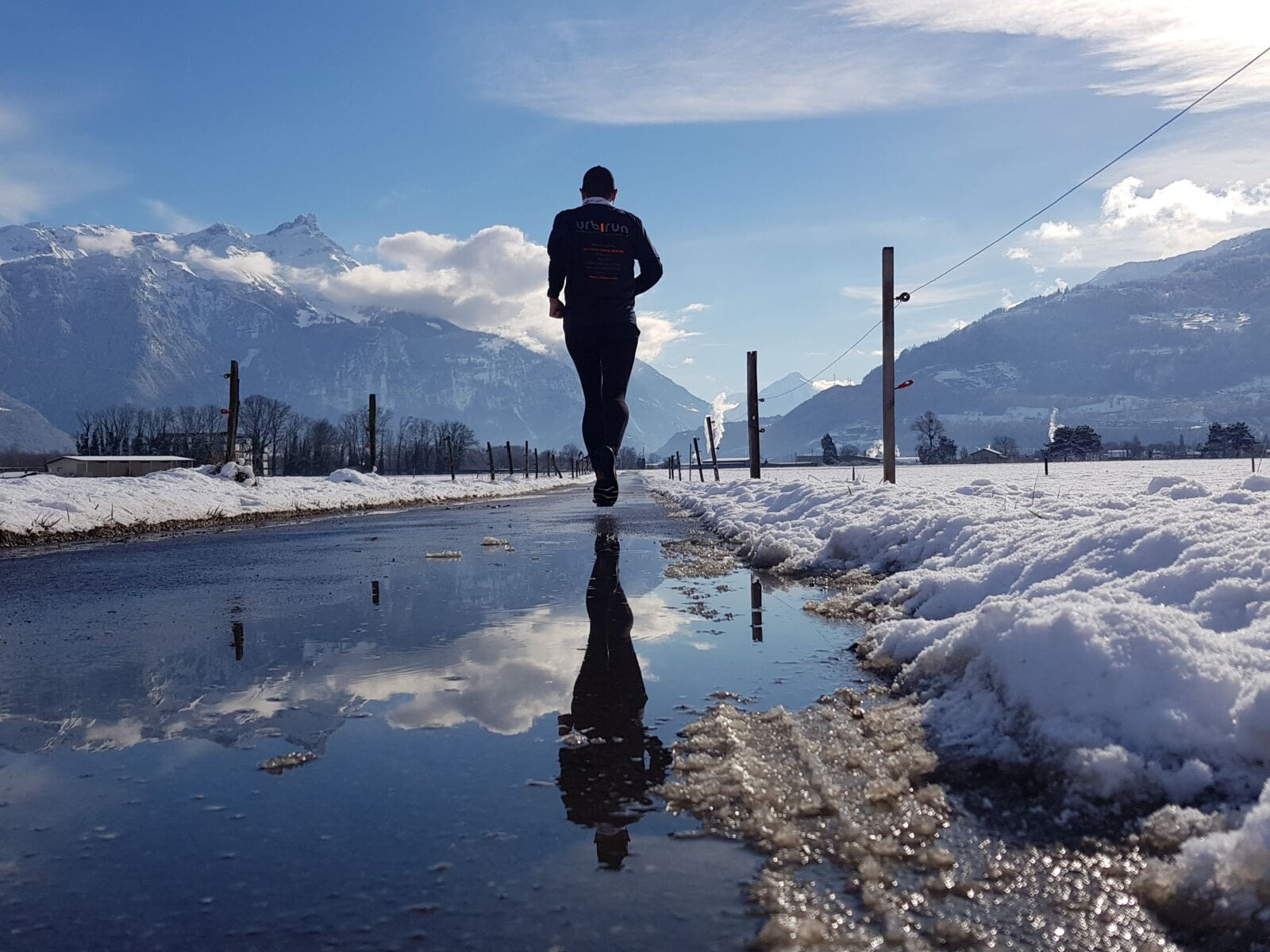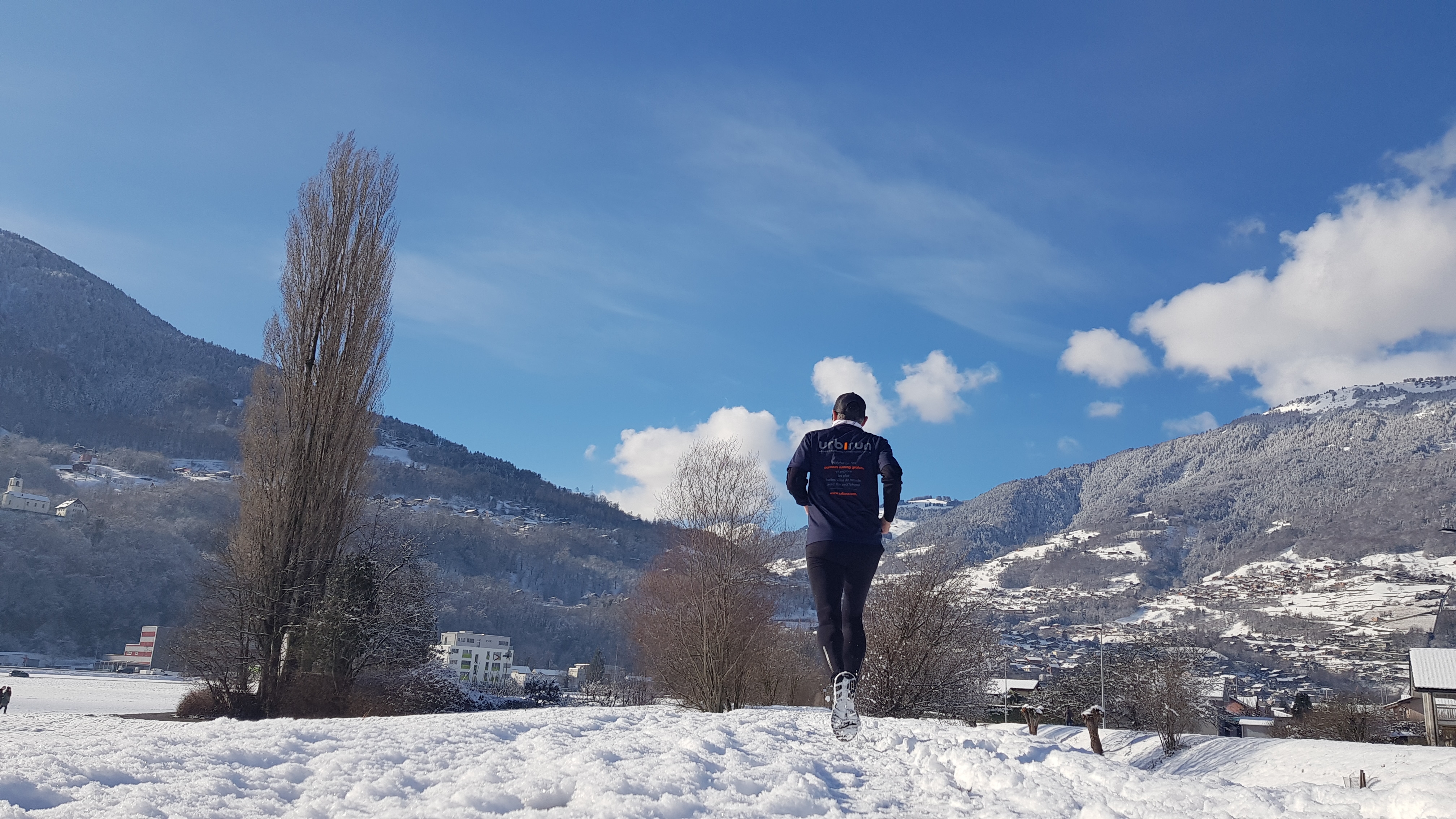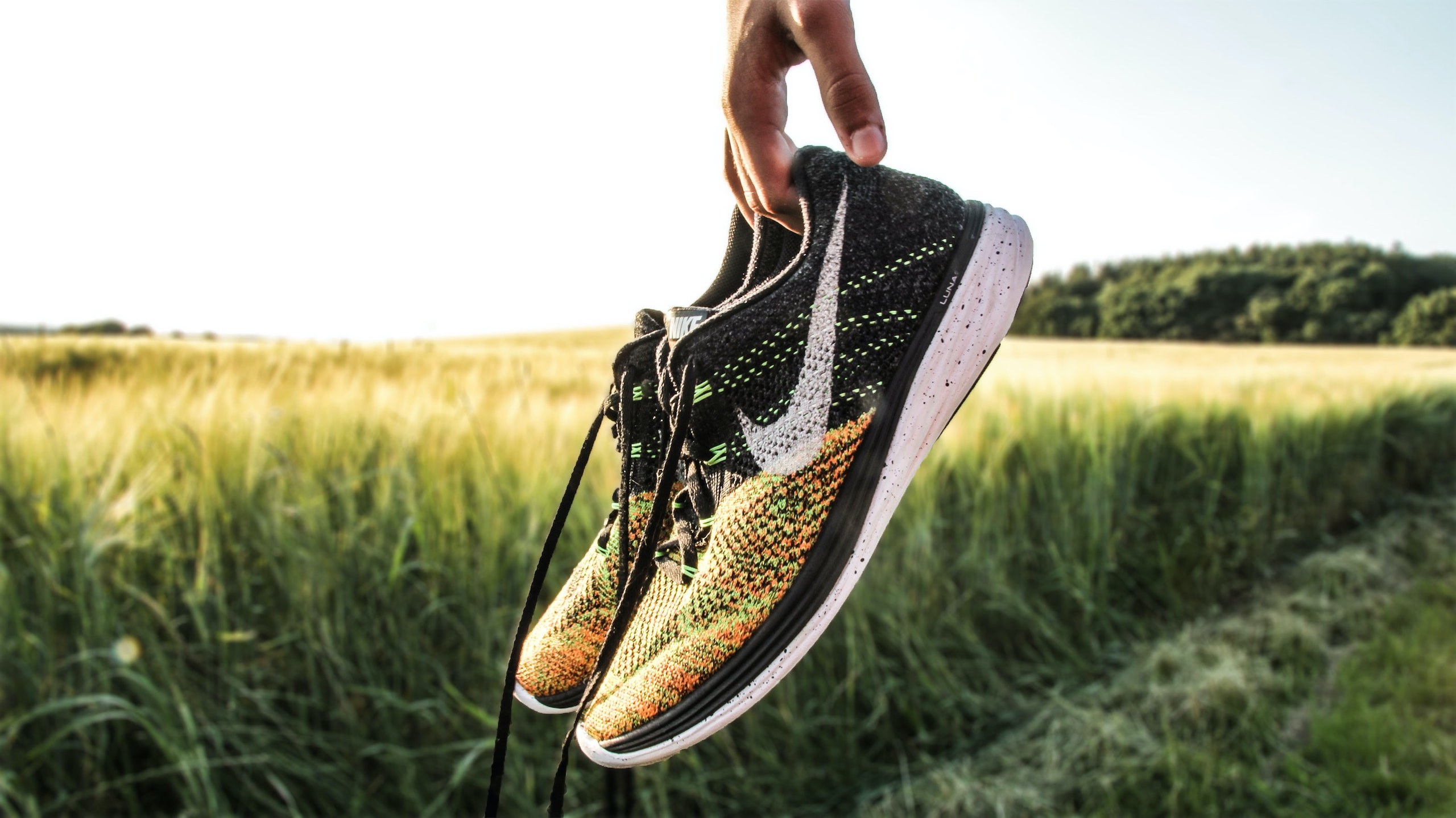Subscribe to our newsletter and keep up to date with urbirun news, new destinations and exclusive routes.
Join de urbirun newsletterHere are 1 the advantages of running when it’s cold and 2 the best ways to enjoy a winter run, or a tourist run on one of our tours in a Scandinavian or Baltic town, for example.
Fighting the cold or enjoying all seasons?
Have you ever seen a snowman run? No. And that’s precisely why it’s frozen. So it’s true that if you look out of the window, it’s not very tempting… But you’ve got to go anyway, you know that… And winter also has its charms… Feeling the snow crunch under your feet, for example, or spitting out icicles…
The benefits of running in winter
- You boost your immune system: moderate outdoor running in the cold is a good way to boost your immunity.
- You run a little faster and/or further: blood circulates better when it’s cold than when it’s very hot, so it supplies your heart and muscles better. So you may run faster and/or further in winter.
- You stay in shape, and maintain the level of training you’ve worked towards all year.
- You burn off a few calories from drinks, parties, cakes, and the like, and that’s always a bonus.
- You can experience some pretty magical moments: for example, the crunch the fresh snow under your feet, the white landscapes – in short, winter has its charm too.
How do you run in winter?
There are two things you need to know: how to dress for running in winter and how to run in the cold.
How to dress for running in cold weather
The upper body
Use the classic onion strategy. Wear several layers, each with a specific function, and be able to remove layers if necessary. In principle, we say you need 3 layers (personally, I wear one more because I’m often cold).
- Breathability : to wick away perspiration without getting too damp. Choose something close-fitting and breathable, thin and light.
- Insulation : this second layer should insulate you from the cold, but should also be breathable. A good option is something in merino wool or fleece, long-sleeved, with a high collar, or complete with a buff for example.
- Protection : the final layer is there to protect you from the elements, be it wind, rain or snow, or even polar bear scratches. The ideal is a lightweight technical jacket with pockets and, why not, a hood. If it’s also compact and you can pack it away easily if you get too hot, that’s perfect.
The legs
That’s up to you. Depending on the temperature, shorts with undershorts (I personally wear shorts down to 5–10°C), leggings, or even leggings with fleece lining if it’s really cold. Legs are rarely the biggest problem in terms of temperature, given that they’re the most active tool for your run, aren’t they?
Extremities: head, hands, feet
They’re probably important to you, so it’s best to protect them too. So a hat and gloves are clearly recommended and useful. Wool socks are welcome if it’s really cold (merinos), and personally I’m a big fan of the buff around the neck.
Footwear
There are two important points to remember about footwear: stay dry if you’re in the snow, and make sure you have good grip. Whether you’re in town or out in nature, you can easily slip. So be careful. Some people recommend wearing an extra size when it’s cold, to avoid any compression that would speed up the cooling process, but personally I never do.
Visibility
And of course, if it’s dark or at night, you absolutely need a headlamp and some reflective tape. You need to be seen, okay.

How do you run when it’s cold?
Weather
First, look outside, to adapt your clothing and your training. If it’s stormy, you may want to switch to a short, intense session rather than the long run you had planned.
Warm-up
Warming up is important in winter. A few movements before going out, a few jumps with a rope, or whatever, will reduce the risk of injury, and you’ll already be a bit warm when you go out in the cold (PS: don’t put on all your layers and your hat for the warm-up, ok?).
Breathing
If it’s really cold, it’s advisable to breathe through your nose, to reduce the risk of respiratory tract irritation. Mucous membranes also dry out more quickly in the cold. So the ideal is to run at a moderate intensity, so you don’t blow like a locomotive.
Hydration
In the cold, the sensation of thirst is reduced, but the cool air accelerates dehydration. And you lose as much water as you would in summer. So make sure you’re well hydrated before your session, and even during it.
Eat
Yes, taking in calories produces heat. So don’t forget to take a bar, some dried fruit or even a gel. Avoid taking a tartiflette or raclette, but take something anyway, so you don’t end up fighting squirrels for 3 nuts.
Run in the sun
And if, despite all this advice, you’re still reluctant to run in winter, urbirun has plenty of routes to run in the sun, visiting some very beautiful cities. For example, you can run in
urbirun has many itineraries in many places where you won’t risk catching cold and enjoy nice sightrunning…


